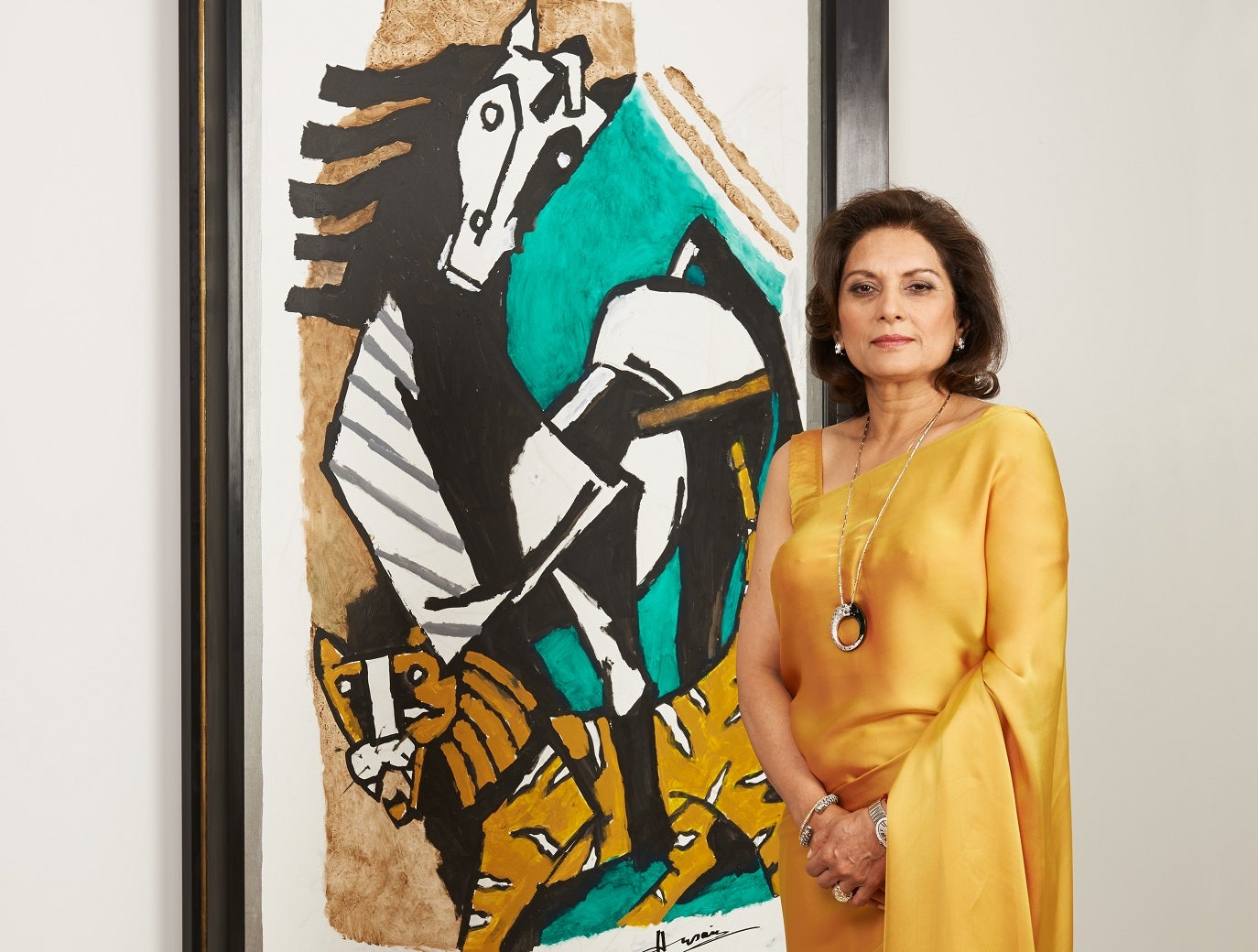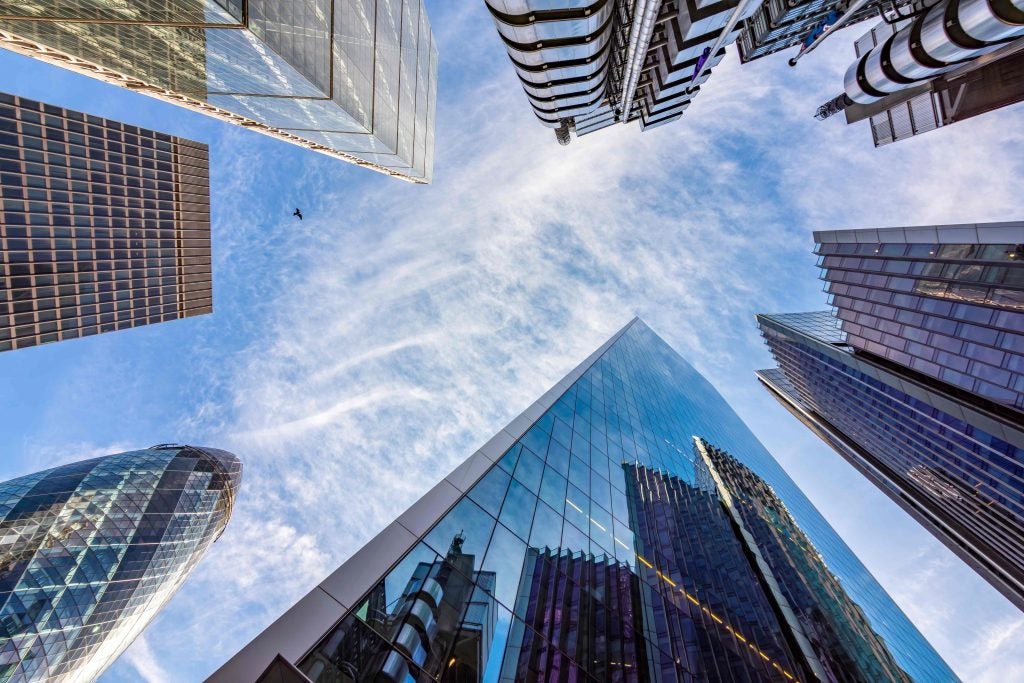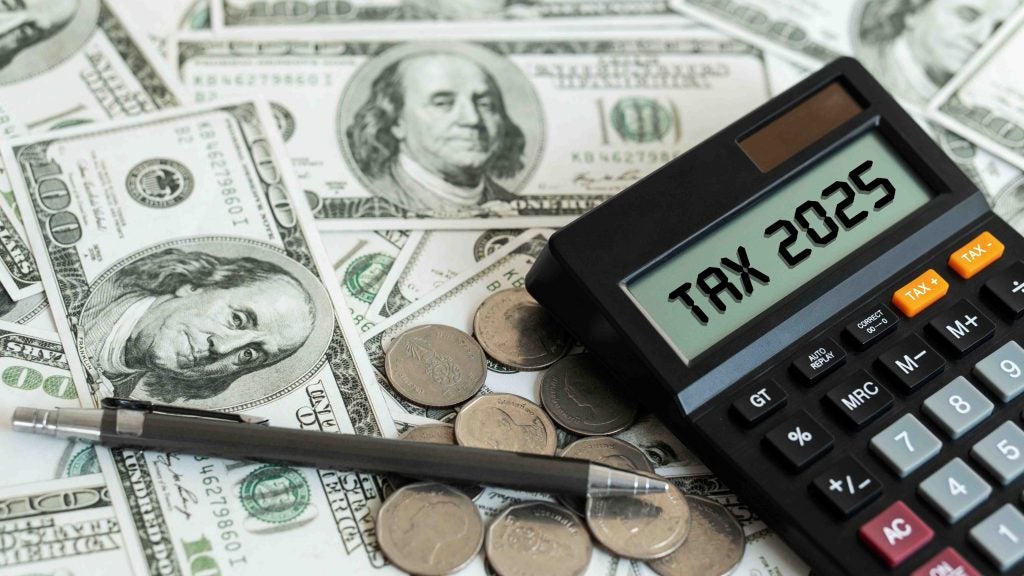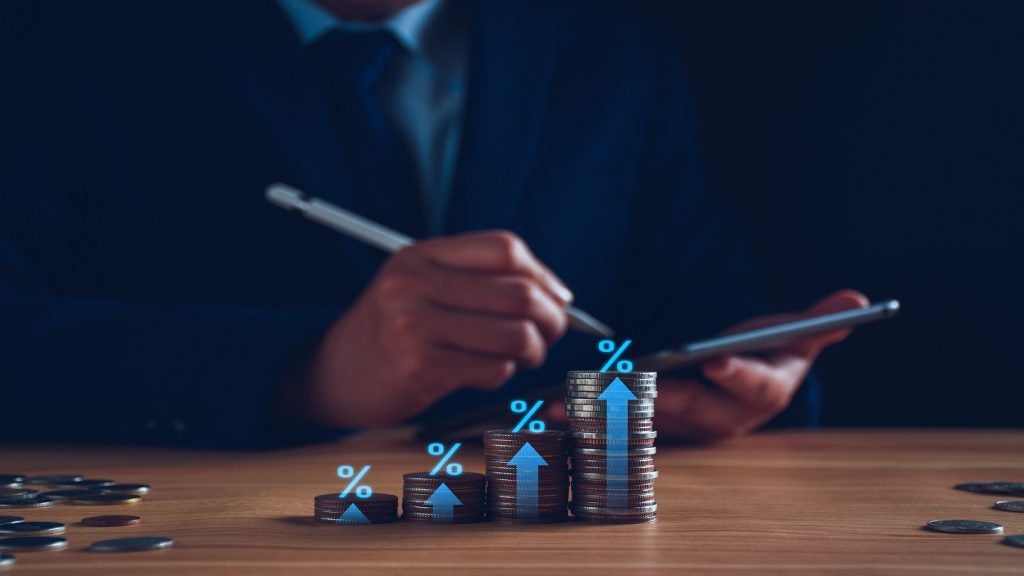
With the outlook so ambiguous, many collectors will be wondering whether now is a wise time to invest in art. However, Covid-19 has created an exciting landscape for art investment – one that we should not let pass us by, writes Stellar International Art Foundation founder Anita Choudhrie
During any period of economic insecurity, people are generally more cautious with their money, including spending and investments. Naturally, this impacts the entire art community, affecting artists and galleries, as well as the huge number of other people who make a living from the ecosystem.
Yet the art industry is resilient. There have been other periods of precarity, including recessions, health pandemics and unpredicted events which have sent shockwaves through the world, but the art industry has always recovered.
According to a Statista report, in 2019 the industry was valued at $67bn, a stark contrast to the art market’s $39bn evaluation in 2008 and 40% decline between the recession years of 2007 and 2009.
It cannot be denied that Covid-19 is an unprecedented event that will have rippling effects for years to come, but it will do collectors well to remember that normality will eventually resume, and the market will recover.
With this in mind, now is an important time for collectors to be supporting the delicate ecosystem wherever possible. Several auction houses and galleries have set up charity sales, offering collectors an opportunity to purchase credible art at unforeseen prices, while doing their bit to keep the market afloat.
An example was the online auction held in mid-May by art dealer Danny Katz with Sotheby’s. The sale comprised 140 pieces, with Katz commenting; “The estimates for some of these things are ridiculously low, and hopefully they will go higher. But there are opportunities for people to buy beautiful Scandinavian art, 19th century art, modern British art, Renaissance sculpture…top objects at very reasonable prices.”
It is unlikely that the prices of the most established artists in the world will drastically drop, but as Covid-19 forges on, prices across the board will likely start to fall. Pieces that have been overpriced will be recognised as such, and their prices adjusted accordingly. These market shifts offer collectors an opportunity to pick up pieces that were previously unaffordable.
Realignment
The pandemic is also offering the chance for anyone with an active role in the art world to be instrumental in much-needed industry realignment. Class and wealth have long set up a divide in the art world, barring the masses from fully immersing themselves in the elitist community.
Additionally, the fine art market continues to be stagnant when it comes to the types of artist who have the biggest market share; of the most profitable artists, the majority are white and male.
Since 2018, Stellar International Art Foundation has put additional resource into supporting female and minority artists, by giving them a platform to display and promote their work.
Despite the pandemic, our work in this area has continued this year. In March, we held our third annual event in support of International Women’s Day, this year to celebrate the work of emerging artist Adia Wahid, whose focus on algorithms and technology has become even more relevant during the pandemic.
Some galleries are also using this time to tackle the industry imbalance by selling the works of more established artists and using part of the funds from these sales to buy the works of junior artists in need of support.
Anyone who follows the world of art will be aware of the remarkable innovation the industry has shown to adapt during the crisis. Unable to function as normal, galleries, artists and auction houses have been quick to adapt to use new and existing technologies to continue to operate to the best of their ability. Not only is this embrace of technology helping the industry to weather the crisis, it is also acting as a powerful democratiser.
Artists are using lockdown to set up their own websites, curate their own shows and display their art on social media, allowing them to display their art to potential buyers without the extortionate fees of renting gallery space.
With the global economy currently disrupted and with no clear indication of when normality will resume, it is understandable that collectors may be treading carefully with their next purchase. Yet art has long proven to be a stable investment, often outperforming other asset classes and weathering the most difficult of global financial storms.
Of course, every collector’s situation is unique, but there are definitely bargains to be had across the entire spectrum of the art market, whether you are in the fortunate position to invest in fine art, or are looking to make your first purchase from the emerging category. I would encourage art collectors old and new to recognise this period for what it is: a historic time that, with your support, could lead to a vital democratisation of the industry. Your next purchase might not only be a financial investment, but a significant cultural one too.







